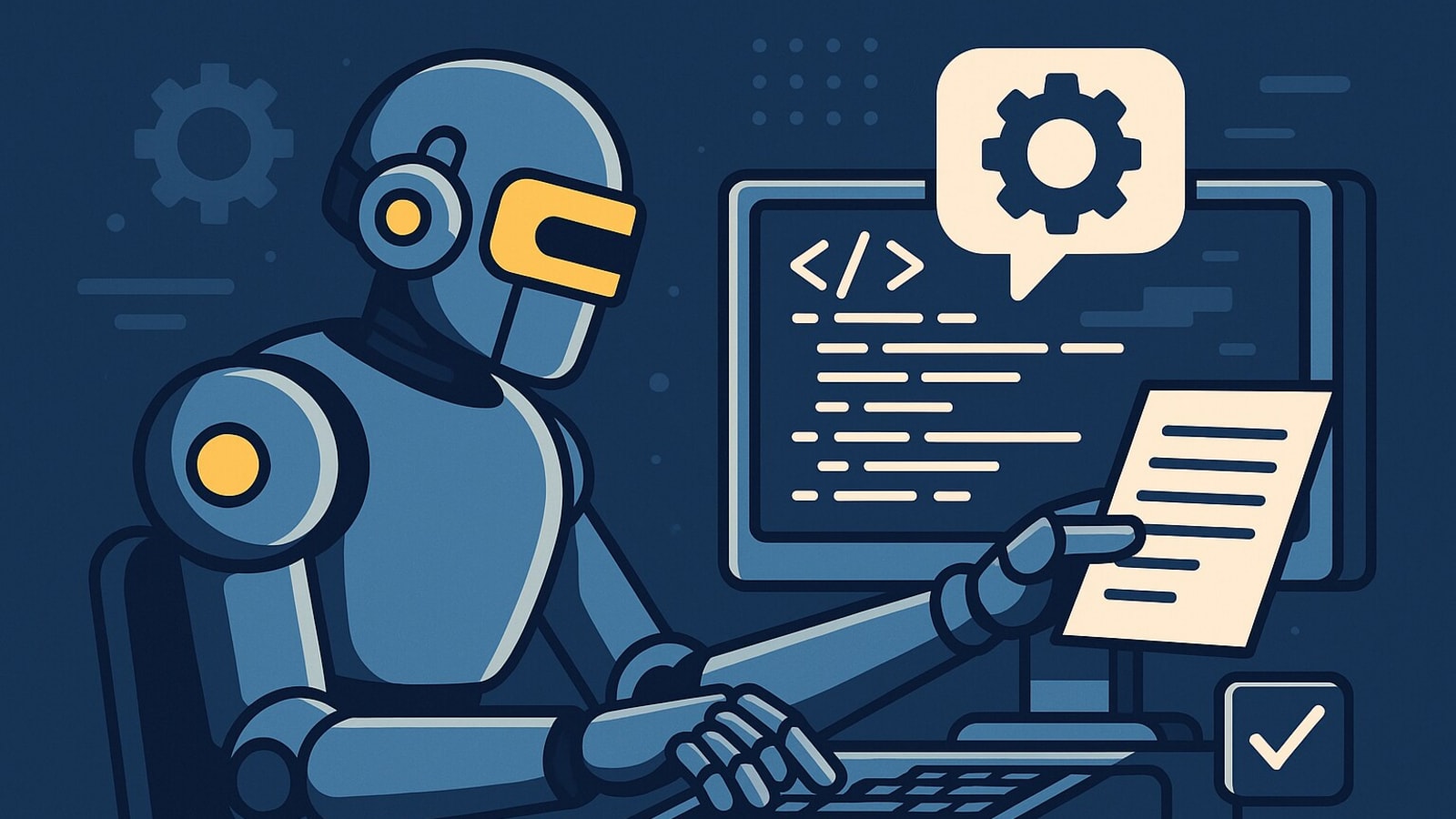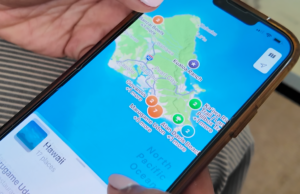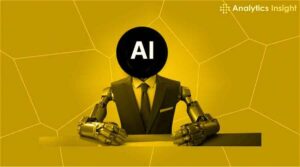Next-Generation AI Agent: A Self-Testing Software Engineer Capable of Tasks Beyond Human Reach

OpenAI’s New AI Agent: A-SWE
OpenAI, known for its advancements in artificial intelligence, is preparing to introduce a new AI agent named "A-SWE," or Agentic Software Engineer. According to Sarah Friar, the CFO of OpenAI, this innovative AI will not only match the capabilities of traditional software engineers but will also take on additional roles that could enhance productivity in the software development field.
What is A-SWE?
The Agentic Software Engineer is set to revolutionize how software is developed. Instead of merely assisting human engineers, A-SWE is designed to handle autonomous tasks such as:
- Building Applications: A-SWE can take a project request (PR) and develop an application independently.
- Quality Assurance (QA): The AI will perform its own quality assurance checks to ensure that the software meets necessary standards.
- Bug Testing and Bug Bashing: A-SWE will address bugs by testing for issues and correcting them, a task often disliked by human engineers.
- Documentation: The AI will generate necessary documentation, which is a tedious part of software engineering that many developers often neglect.
Advancements Beyond Current AI Tools
In a recent discussion with Goldman Sachs, Friar emphasized that the A-SWE is distinct from previous AI offerings such as Copilot, which primarily serves as an assistant. The nature of A-SWE is to function as a fully autonomous engineer, thereby multiplying the output of human software developers.
Previous AI Agents from OpenAI
This isn’t the first venture into AI agents by OpenAI. The company launched two other AI agents prior to A-SWE:
- Operator: Released in January, this agent’s capabilities were focused on various operational tasks.
- Deep Research: Launched in February, it aimed to assist with research-related activities but is currently available only to paying customers of ChatGPT.
Should You Be Concerned?
While the announcement of A-SWE may sound alarming to some, it’s crucial to approach these claims with caution. OpenAI has previously made bold assertions about its products that have not always come to fruition. For instance, the Deep Research agent was marketed as a potential replacement for research assistants, yet real-world applications have shown limitations.
Limitations of Current AI Technologies
Several companies, including xAI and Perplexity, have introduced similar tools in the market, but the effectiveness of these AI models in entirely taking over roles traditionally held by humans remains debatable. The technology faces certain challenges, such as:
- Prone to Hallucinations: AI models can confidently generate false information. These “hallucinations” make it difficult to distinguish reality from fabricated content.
- Confidently Incorrect: Like humans, AI can make mistakes. However, AI’s tendency to present incorrect information in a confident manner complicates the verification process, leaving users at risk of accepting inaccuracies as facts.
A Note of Caution
Given the historical context of OpenAI’s product announcements, it’s wise to view claims about A-SWE’s capabilities with skepticism. While advancements in AI can enhance software engineering tasks, it remains to be seen how these technologies will effectively integrate into real-world applications and to what extent they can genuinely replace human engineers in significant ways. The evolution of AI continues to unfold, and while A-SWE brings exciting possibilities, it is essential to maintain realistic expectations regarding its performance and reliability.





